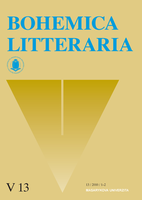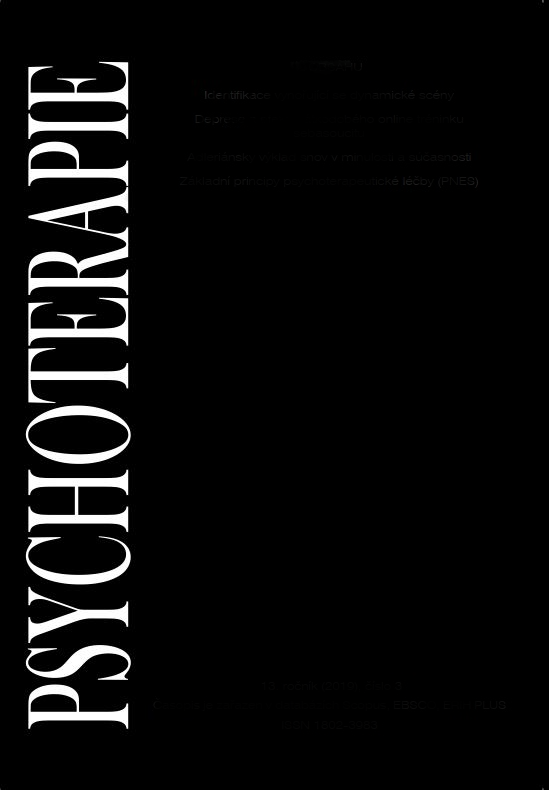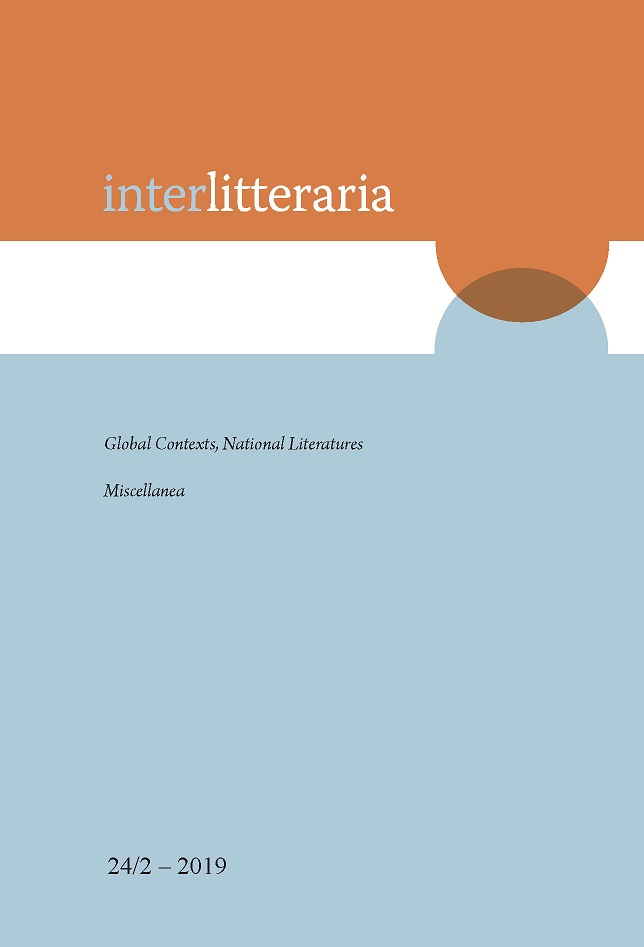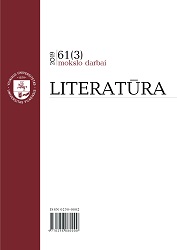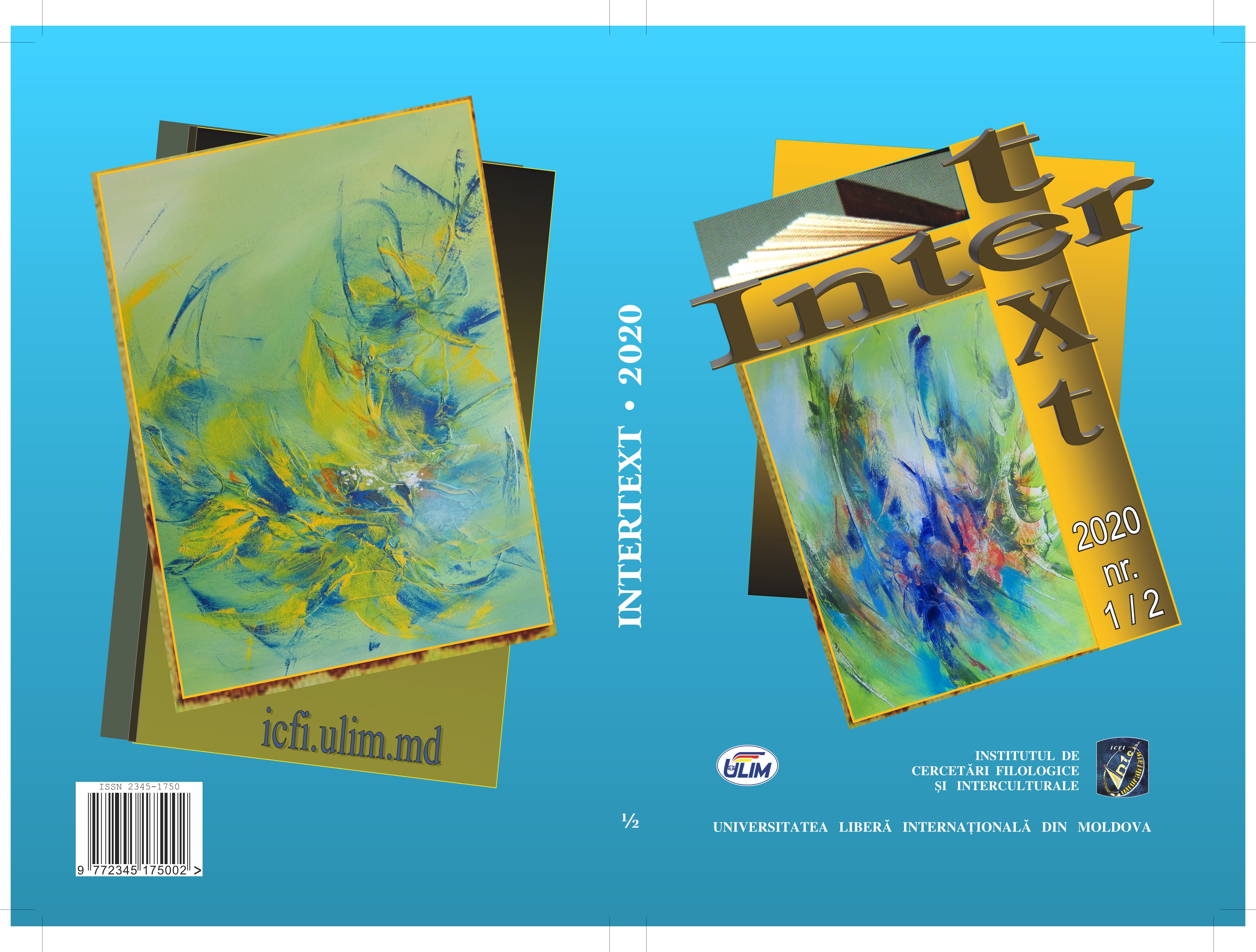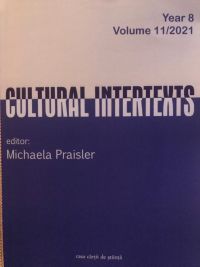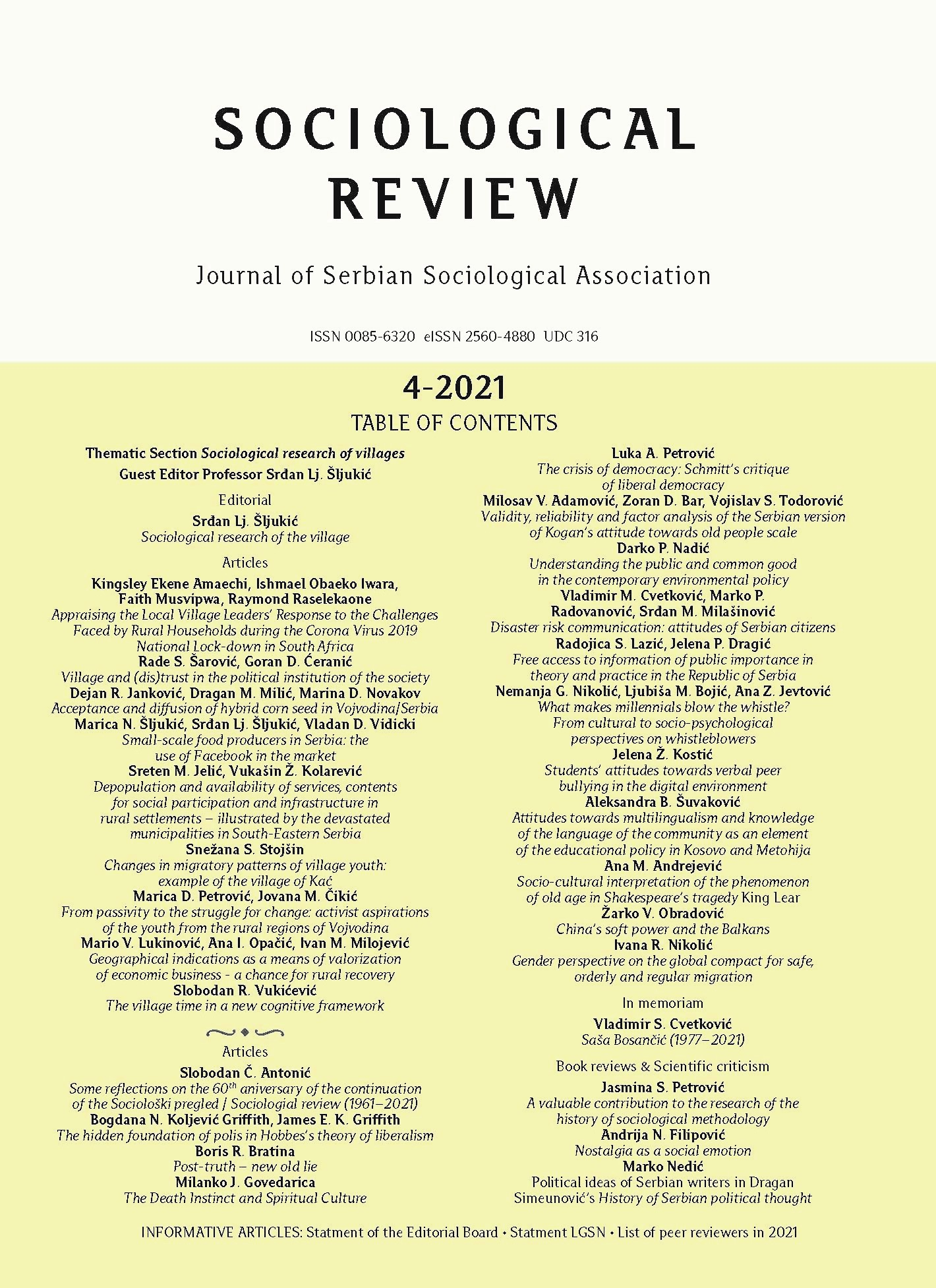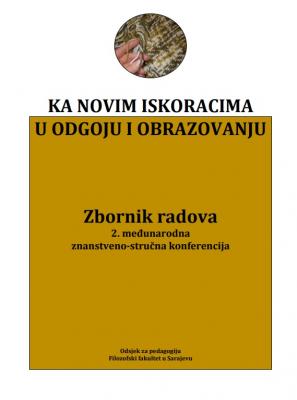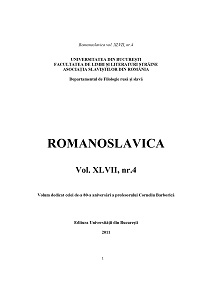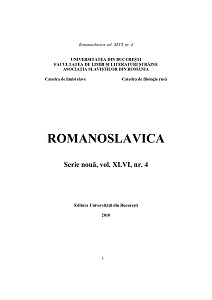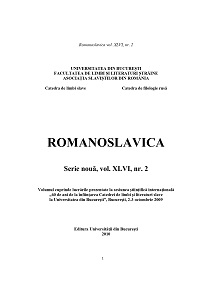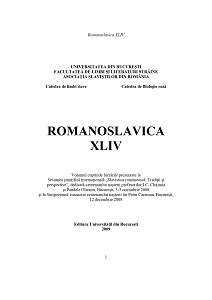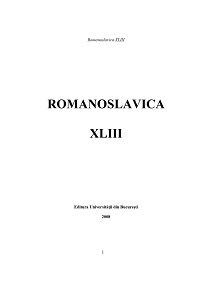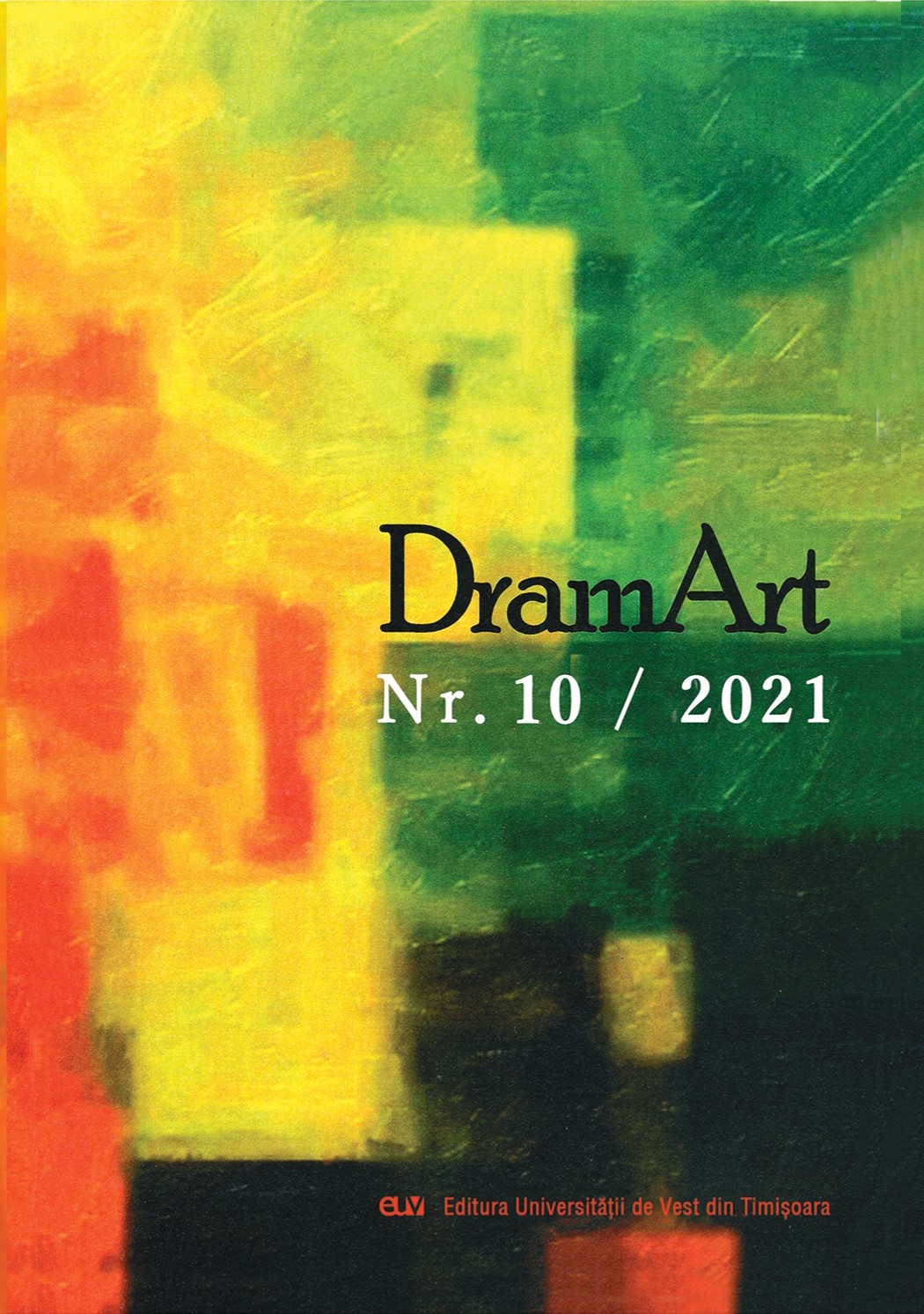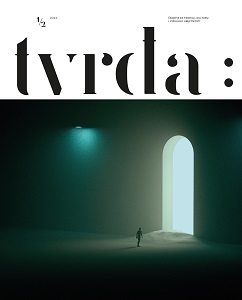Author(s): Milena S. Stojanović / Language(s): Serbian
Issue: 2/2010
Borislav Mihajlović Mihiz wrote four original plays, two of which are about the greatest Serbian folk-epic heroes, and two concerning recent Serbian history. Depicting individuals who, in the midst of crucial historical events, face their own moral and psychological dilemmas, being a writer inclined to paradox, Mihiz mainly deflects from familiar and/or expected interpretations of chosen motifs. The genre hybridisation is evident in both main and adjunctive drama text, and accomplished with particular language tools, the choice of folk epic or historically documented motifs, but also with stylistic characteristics of the drama discourse. The elements of narrative, epic, essayistic, administrative, diary-like and scientific styles re-semantize the drama text, the formal play with drama’s structure also results with greater complexity of its meaning. Mihiz does not hesitate when, for instance, introducing footnotes to his drama text. Description of characters and didascalie are more a way to characterize and psychologically deepen the characters and a motivational element of drama action, not just practical stage directions. Mihiz disrupts the stage illusion in his adjunctive text, using, amongst other things, the techniques of Brechtian theatre and (auto)poetic comments. The main text remains unimpaired. All four Mihiz`s dramas consist of different drama forms: in “Banovic Strahinja” and “Marko Kraljevic”, author combines the elements of historical, sociological and psychological drama (with addition of melodrama and tragicomedy). Although successfully performed on stage, Mihiz’s dramas, because of the epic elements functioning more as literary text then theatre play, can be defined as a sort of read-only dramas.
More...
